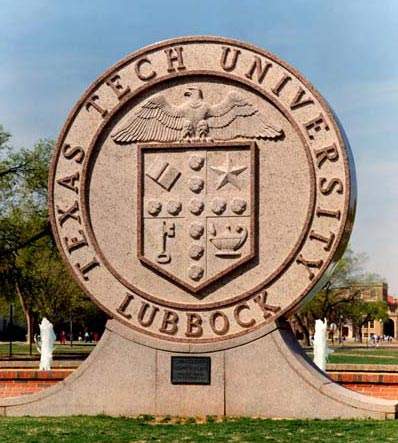The Massengale 65MW power station in Lubbock, Texas, USA is a re-powering of an outdated combined-cycle gas turbine system. Located on the campus of Texas Tech University, the plant supplies the university’s two heating and cooling plants with supplemental steam. Electricity is supplied to the campus from the utility grid. This forced the design of the plant to mask the machinery with a concealing wall and, in some cases, wall panels.
Repowering
The plant uses a LM6000 Sprint gas turbine, the first installation of its type in the USA. The contract was awarded to S&S Energy Products, part of General Electric Power Systems. The turbine was made by GE Industrial AeroDerivative Gas Turbines (GE-IAD) at Evendale in Ohio.
The LM6000 Sprint improves on the LM6000 in a number of ways. GE-IAD estimated the two turbine’s performance under the same conditions. The figures assume ratings at 59°F, no inlet/exhaust gases, natural gas as a fuel and a production site at sea level.
The turbine produces 47.2MW rather than the 43.3MW produced by the older version, with a heat rate of 8,472Btu/kWh as opposed to 8,515Btu/kWh. The flow is 290lb/s rather than 280lb/s, and the exhaust temperature is 824°F rather than 812°F. The existing 22MW steam turbine was reused with the new gas turbine for the combined-cycle system. A second similar steam turbine currently operating at the plant is on standby as a spare.
The Sprint turbine achieves better performance through incremental improvements in design. A new spray intercooling system is said to increase output by as much as 9%, with a 17% increase in power on hot days. When the turbine reaches full load, the Sprint system begins mist injection to lower the high-pressure compressor inlet temperature. This lowers the compressor discharge temperature. The Sprint system also claims advantages for simple and combined-cycle life-cycle costs.
Steam and diesel generators
The plant retained its two 11.5MW steam generators and two 2.5MW diesel generators. These are brought on-line as spare capacity when needed. The steam turbines were reconfigured to close the steam extraction ports.
The plant also gained a new heat steam recovery generator from Deltak in Minneapolis. Deltak’s heat recovery steam generator includes a selective catalytic reduction system, including an ammonia injection grid, which reduces nitrogen oxide emissions.
The repowering has substantial economic benefits, and the utility expects to save $125 million in fuel costs over 20 years.
Utilities
The owner of the Massengale plant is Lubbock Power & Light (LP&L), which is one of the four utilities that make up the West Texas Municipal Power Agency. LP&L is the largest of the four companies in the Agency. The utility was interested in repowering an old plant since it is expected to be much cheaper, by a third or more, than building an entirely new plant.
The Texan electricity supply network has relatively little connection with the rest of the country. There are also local transmission constraints in the Lubbock region. This tends to push up both the need for generating capacity and prices since demand is expanding rapidly as the local economy grows. If present trends continue, Texas may need as much as 40,000MW of new capacity over the next 15 years.
Texas power generating capacity
Generating capacity was increased because the utilities need a greater margin to ensure the security of supply. Prices can also rise because of the inherent limitations on supply in such an ‘island’ situation. The transmission constraints imply an increase in power generation capacity.
These dynamics have been perceived not just by local utilities, but also by outsiders. Hence, Texas has seen an explosion of new power generation capacity with major projects by the likes of American National Power, Duke Energy North America and Cobisa.





